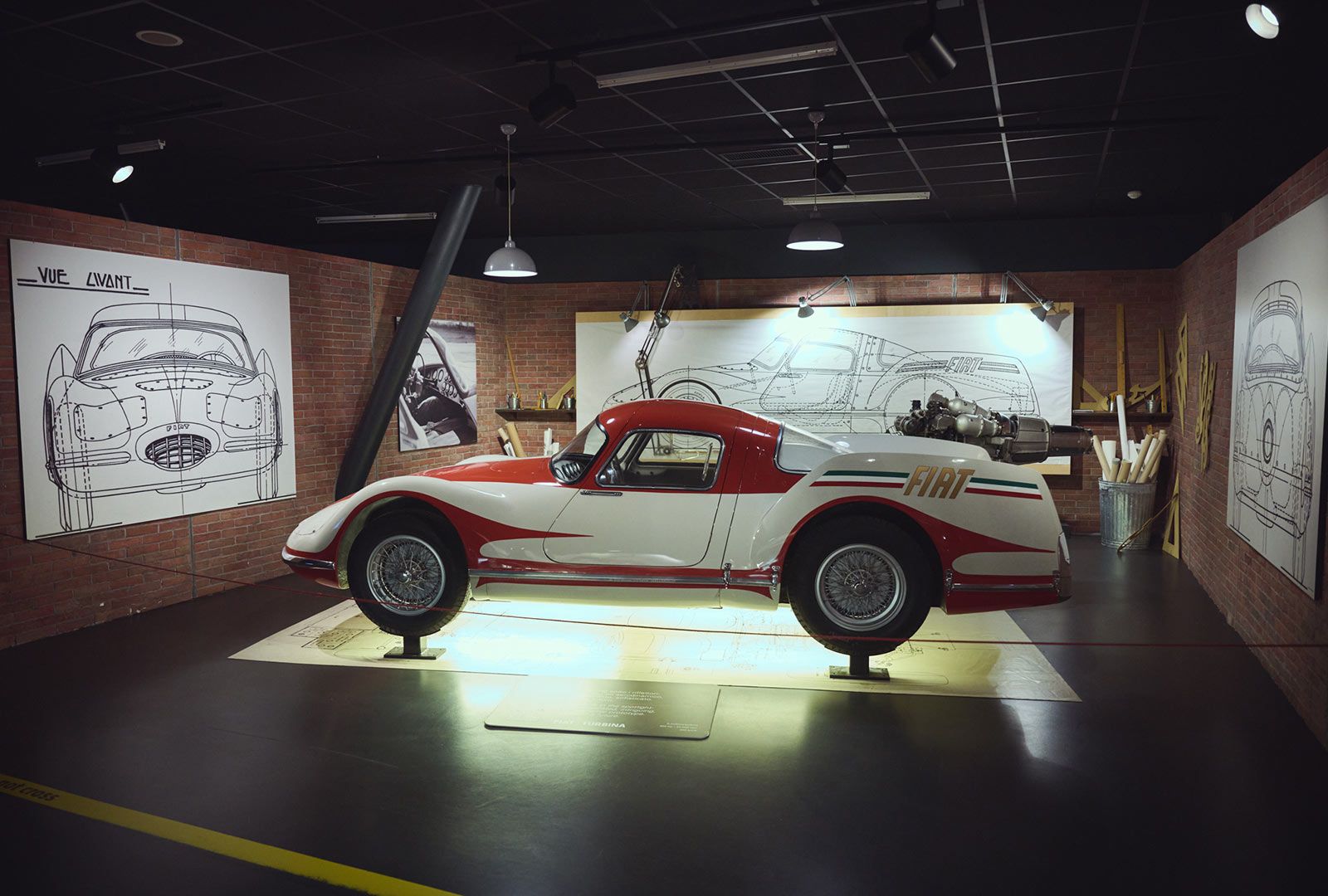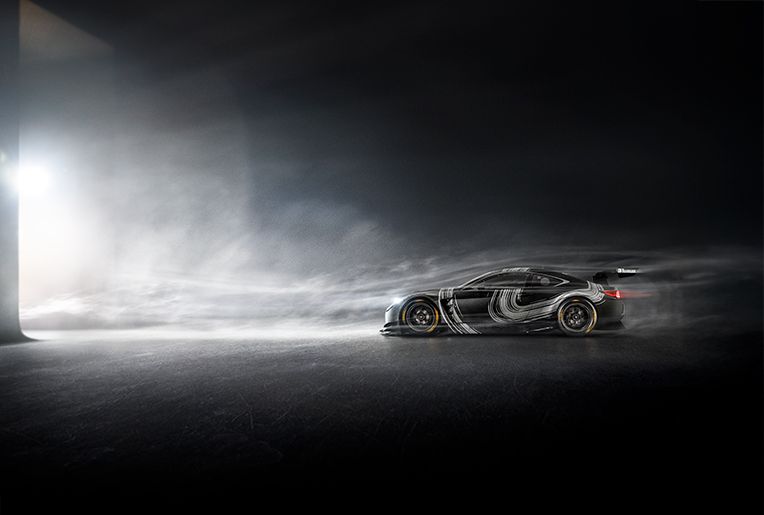For example, at Turin’s Museo Nazionale dell'Automobile, you’ll find timelines of societal shifts and their influence on automotive evolution, as well as exhibits that illuminate the effects of trends, tastes, and human exploration on the automotive scene. The museum is especially noteworthy for its abundant illustrations and artwork.
- GR GT, GR GT3, and Lexus LFA Concept World Premiere
Born from the powerful vision and strong passion of Master Driver Morizo, this new era is defined by three exceptional models: the GR GT, the GR GT3, and the Lexus LFA Concept.
- Lexus Electrified: A Bold New Direction
Since 2005, Lexus has been at the forefront of pioneering electrification in the luxury market.




















